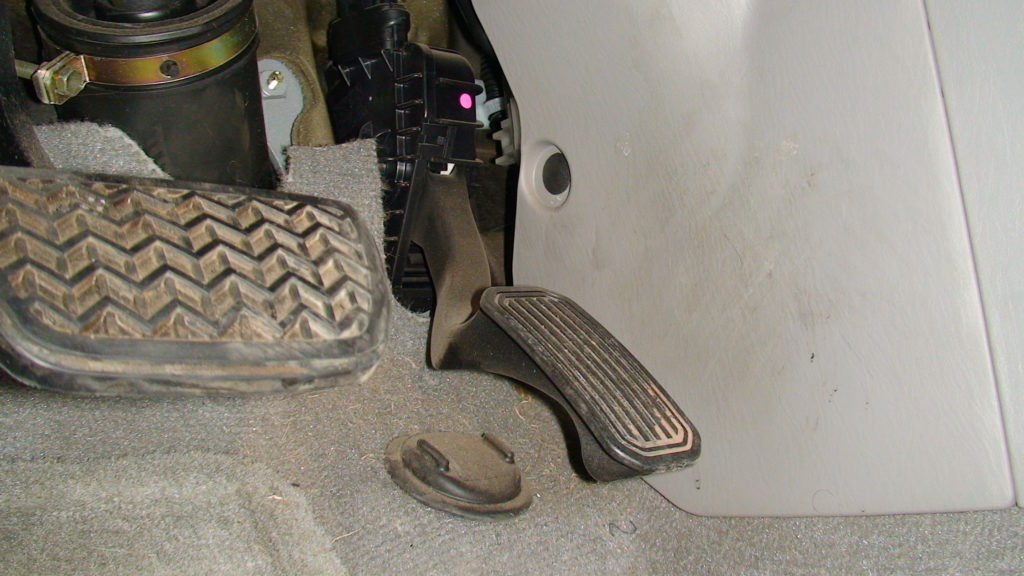A Leon County, Florida state judge has found that the state Department of Transportation violated the Public Records Act when it allowed guardrail manufacturer Trinity Industries to review thousands of emails involving Florida state officials before releasing them to Safety Research & Strategies.
The stipulated Final Judgment, signed on September 16 by Circuit Court Judge Angel C. Dempsey of Florida’s Second Judicial Circuit, awards SRS $13,844.50 in legal fees and acknowledges that:
On April 14, 2014, FDOT produced thirteen files responsive to the Safety Research public records request ("the Request.) FDOT then allowed Trinity Industries, LLC, a manufacturer of ET-Plus guardrail systems, to review thousands of emails which were also responsive to the Request prior to their ultimate production to Safety Research on May 24, 2014.
On February 10, SRS filed a public records request, seeking all communications and documents related to Florida guardrails manufactured by Trinity Industries, as part of its ongoing research into the safety of Trinity’s ET-Plus guardrail end terminals. The ET-Plus design has come under fire for dimensional changes which, its critics charge, prevent the guardrail from operating properly. Instead of extruding the rail through a chute and allowing striking vehicles to safely ride down the crash forces, the ET-Plus guardrail end terminals cause the rail to jam, forming a spear the can penetrate the striking vehicle, critics allege. The American Association of State Transportation and Highway Officials and others have raised questions about its safety performance and its role in motorists’ injuries and deaths. ET-Plus guardrails have been installed along Florida highways, like many U.S. states.
Initially, the FDOT released only 13 files to SRS. When it challenged the FDOT on the completeness of its search, the state agency admitted that it had withheld thousands of emails responsive to SRS’s request, and, in April, offered to send the Rehoboth, Mass. firm a CD of the documents. In early May, when SRS contacted the FDOT asking the whereabouts of the CD, the state agency confessed that it had sent the documents to Trinity for review before sending them to SRS.
On May 22, Safety Research and Strategies filed a civil lawsuit against the FDOT to compel compliance with Florida's Public Records Act and produce the requested public records. The civil suit accused the FDOT of allowing “Trinity, a private company, to perform the government function of reviewing records to determine if requested records are confidential or exempt.”
Trinity is a foreign corporation with no core competency or training in interpreting or applying Florida's laws addressing which records would legally qualify as confidential or exempt. By allowing Trinity to be the sole arbiter of what constitutes an exempt or confidential record, FDOT is violating section 119.01, Florida Statutes, by allowing a private company to, "[impair] the ability of the public to inspect or copy the public records of the agency, the lawsuit alleged.
The FDOT then agreed to release 4,000 emails that were responsive to SRS’s request. In reviewing those emails, SRS found references to other documents, which were not produced. SRS’s attorney Matthew Gaetz III filed a motion to compel the FDOT to make a corporate representative available for a deposition to determine why it sent responsive documents to Trinity for its review.
In August, SRS and the FDOT negotiated a settlement in which the latter admitted that it gave documents to Trinity for review before releasing them to and agreed to pay SRS’s legal fees.
SRS has also filed a Freedom of Information Act lawsuit against the Federal Highway Administration for the public release of documents regarding the safety of Trinity guardrail end terminals used on highways nationwide. The civil lawsuit, filed in U.S. District Court, District of Columbia, alleges that the FHWA violated the Freedom of Information Act by improperly withholding records and failing to respond to two separate administrative appeals on the failure to release documents pertaining to the agency’s interactions with Trinity and with the American Association of State Highway and Transportation Officials. SRS originally sought the documents in November and January. That suit is pending.
